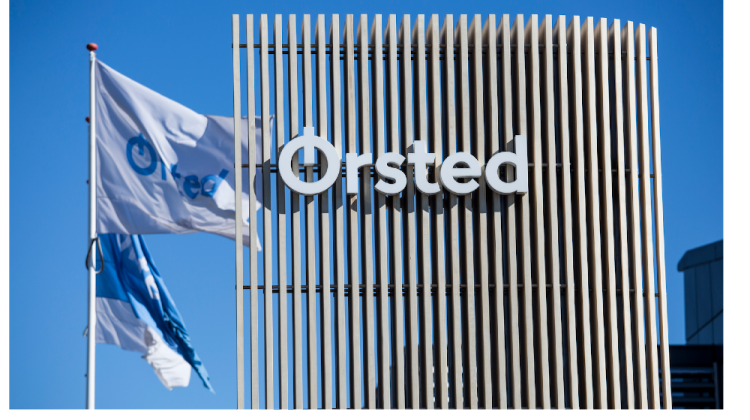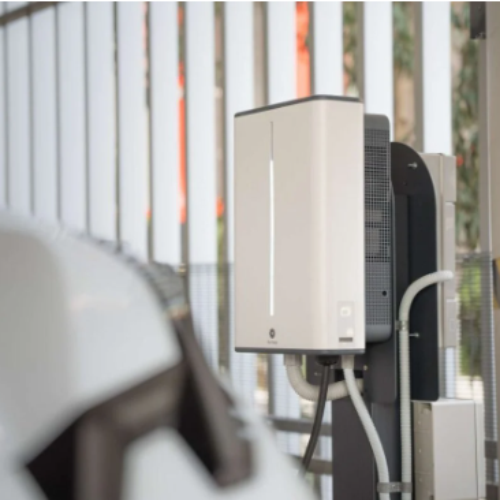Ørsted has signed a Memorandum of Understanding (MoU) with engineering and construction firm Acciona to develop floating wind projects.
The companies will explore options for floating offshore wind foundations, which Acciona has experience in making with the use of carbon-neutral materials.
Ørsted says the companies will work together to reduce the Levelised Cost of Electricity (LCoE) and the environmental footprint of their joint projects. They will work towards industrial production of concrete foundations and establish a European supply chain for Ørsted’s floating wind projects.
Floating wind is expected to account for more than 20% of offshore wind farms by the mid-2030s, but the technology to commercialise their production is still in development. In March, the company signed a lease with Crown Estate Scotland to develop the 100 MW Salamander floating offshore wind project, which will be located 35 kilometres off the coast of Peterhead in north-east Scotland.
Ørsted executive vice president Rasmus Errboe said “the goal of our collaboration with Acciona is to take floating wind from the innovation to the industrialisation stage. Ørsted intends to further grow our European floating pipeline, with Spain being a key market of interest for us.”
The Ørsted-Acciona MoU will explore the use of carbon-neutral bio-cement, bio-concrete, and other materials that support the biodiversity and carbon reduction goals of both companies.
Floating wind can help deliver more renewable energy and energy independence to many more markets around the world 🌎
— Ørsted (@Orsted) April 19, 2023
To help make this a reality, we’ve just signed an MoU with @ACCIONA_EN to mature the technology.
Discover more here 👉 https://t.co/IIs4nhSI0T pic.twitter.com/wHexIELVJi
In September 2022, Ørsted announced that the ‘world’s largest’ windfarm, the 1.3GW Hornsea 2 project off the coast of Yorkshire, had entered operation. The company supplies wind electricity to Good Energy in the UK, and also signed an MoU in 2022 to run a feasibility study on the deployment of a 20MW/200MWh energy storage system using Italian startup Energy Dome’s ‘CO2 Battery’ technology.
Ørsted also signed an MoU with Highview Power earlier this month aiming “to prove the feasibility and economic value of co-locating long duration energy storage with offshore wind.” The partnership will “deliver a stronger investment case for future offshore wind projects by reducing wind curtailment, increasing productivity, and helping the move to a more flexible, resilient zero carbon grid.”






